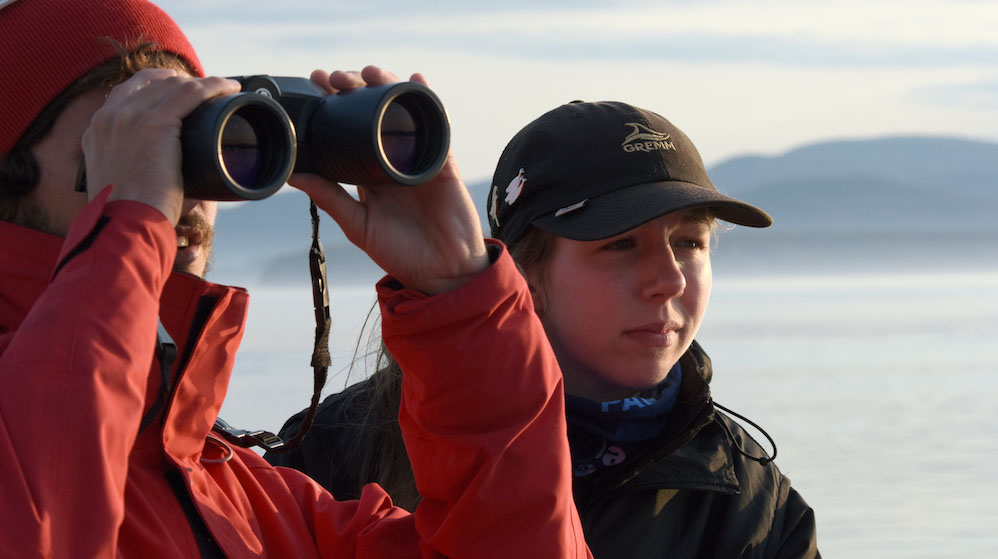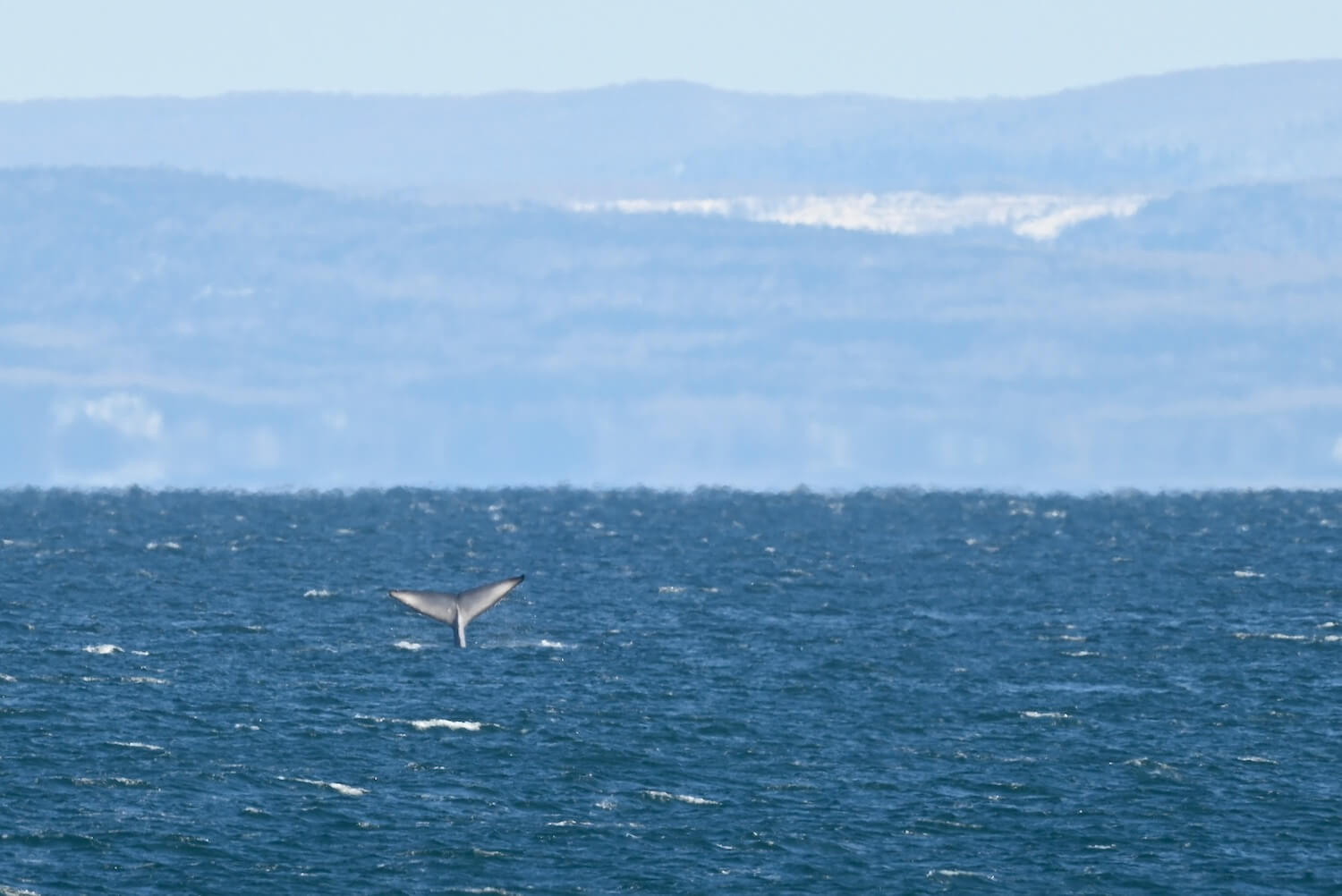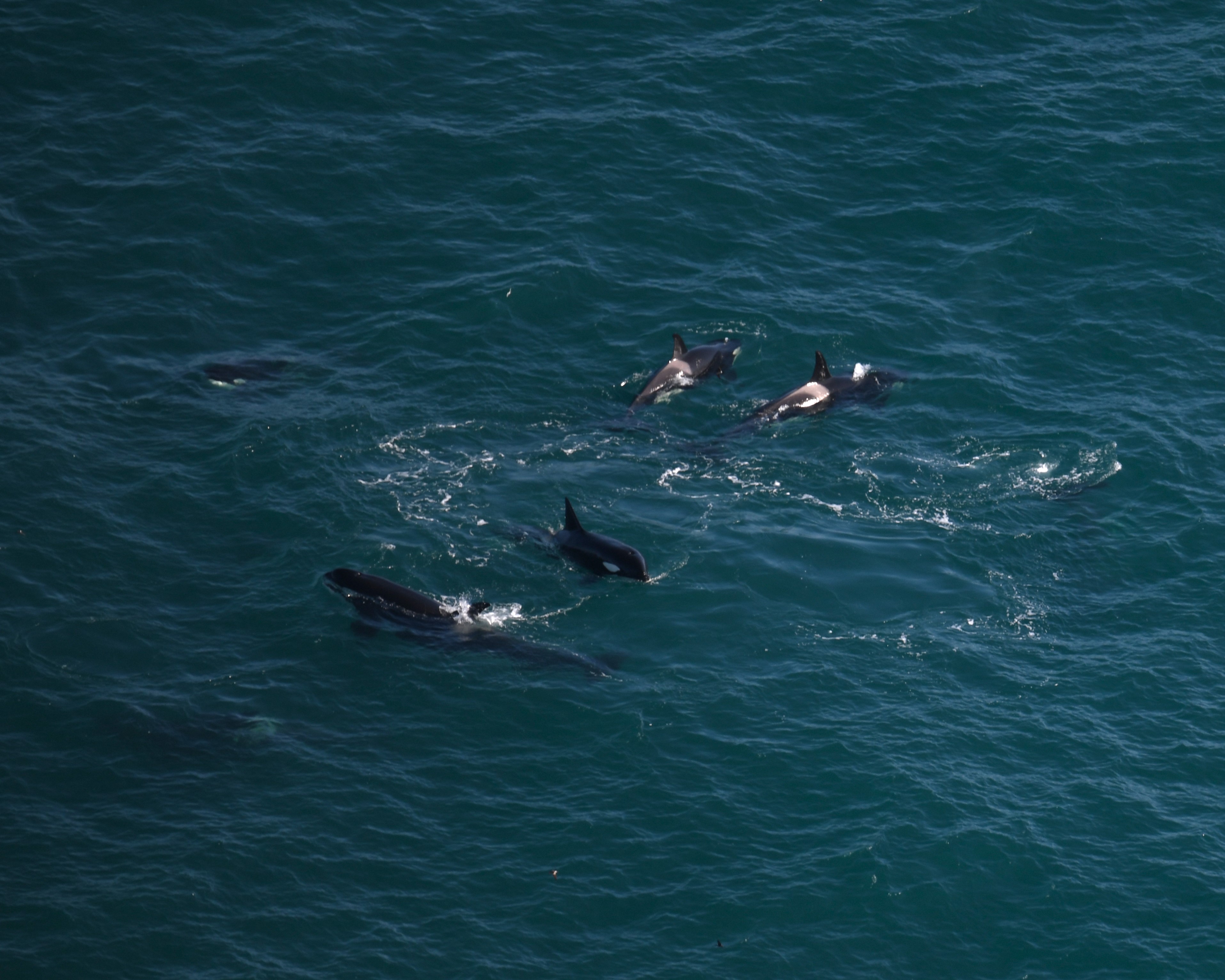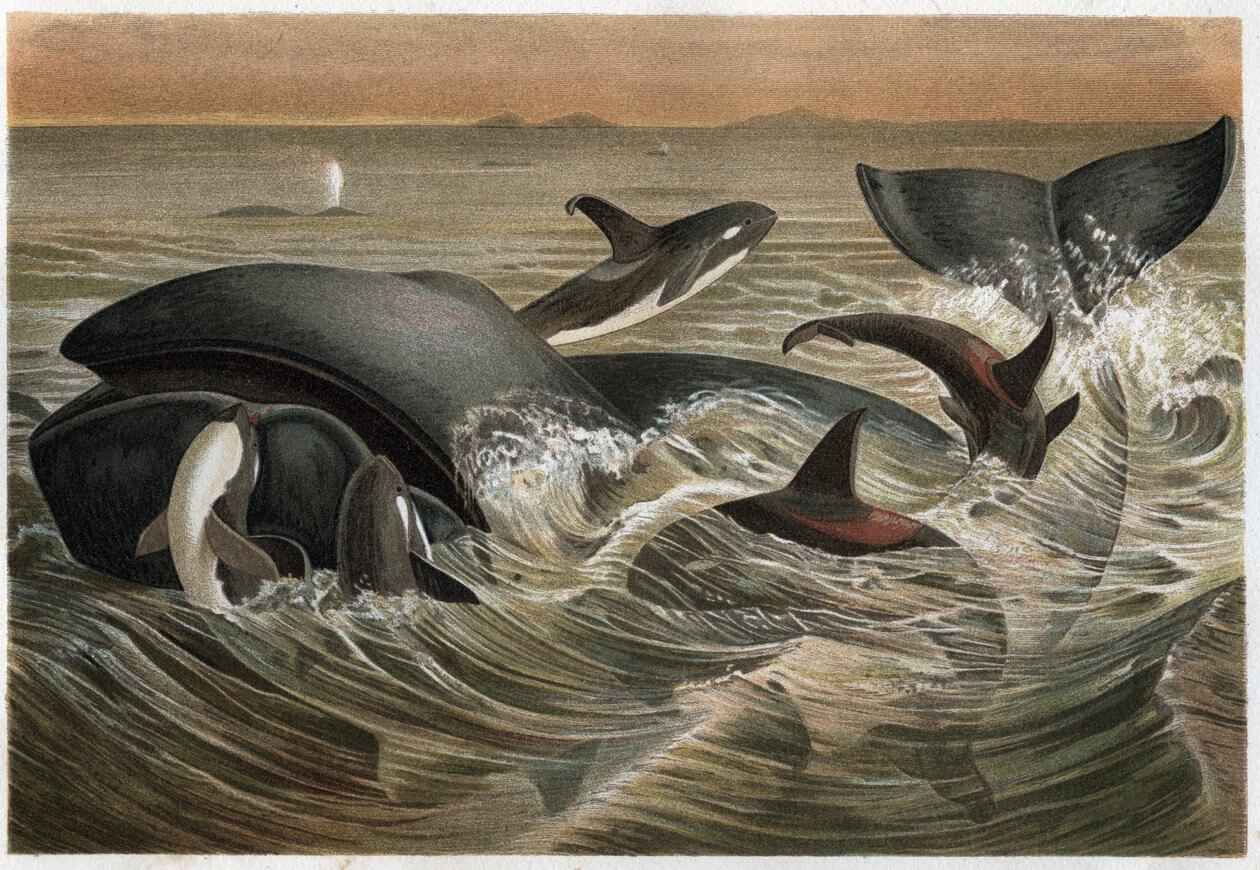Whale watching in the Caribbean is an increasingly popular activity. These warm waters are well known for large gatherings of humpback whales in the winter; the giants breed and give birth here while living off their fat reserves. In fact, between January and April, the Dominican Republic, mainly in Samaná Bay, offers a number of whale-watching trips. Puerto Rico is also located in the heart of their migratory route.
Dominica, a mountainous island surrounded by ocean trenches, is an ideal place for sperm whales to breed and calve. Part of this population, namely females and young, even remains here year round. Also found here are pygmy and dwarf sperm whales, beaked whales, humpback whales and several species of dolphins, including pilot whales and false killer whales. This is the most important whale watching site in the Eastern Caribbean.
For other countries such as Grenada, Martinique, St. Lucia, etc., this activity is still in its infancy.





